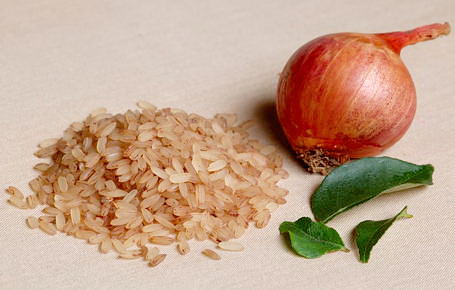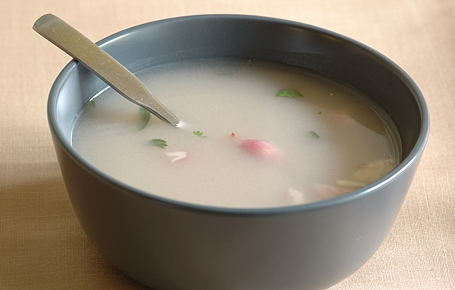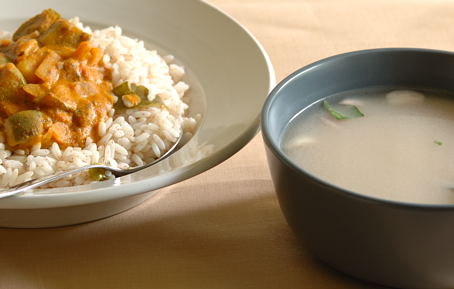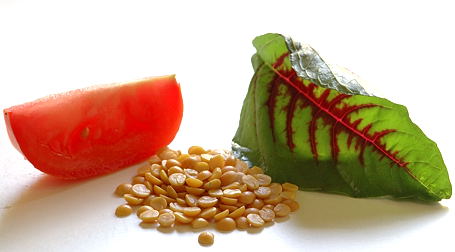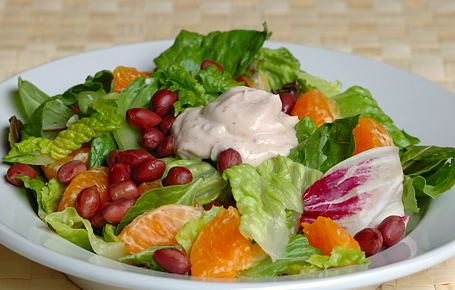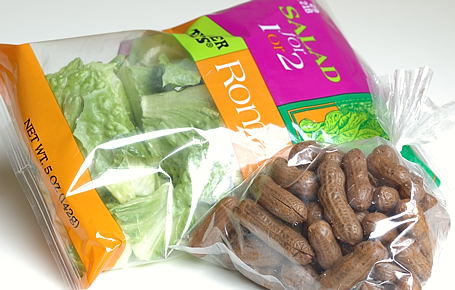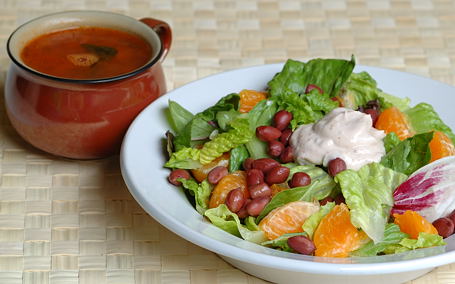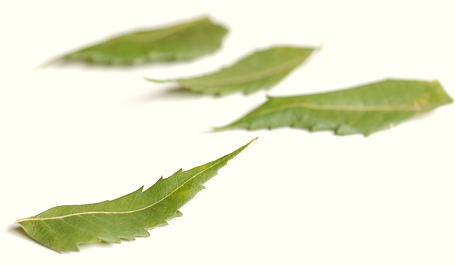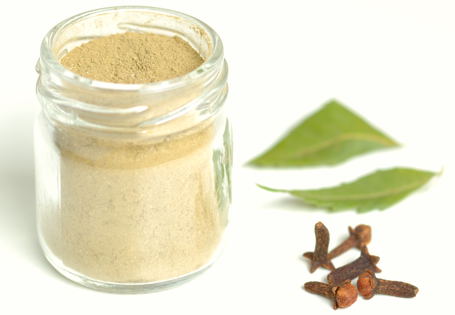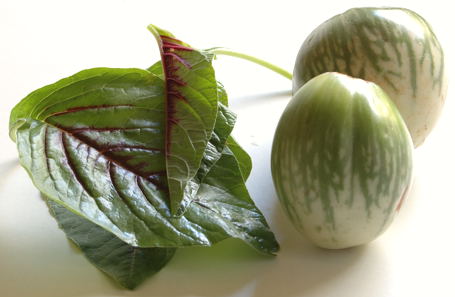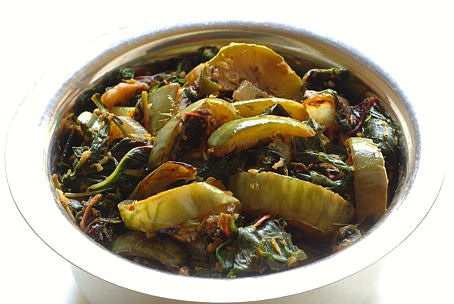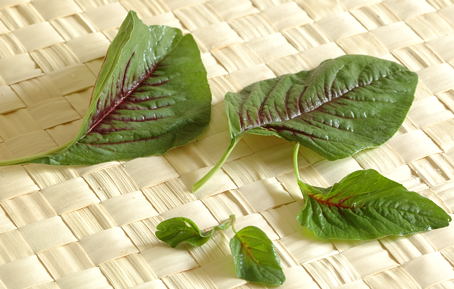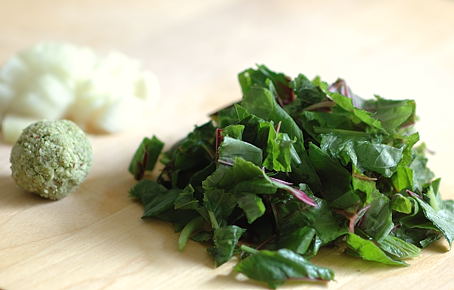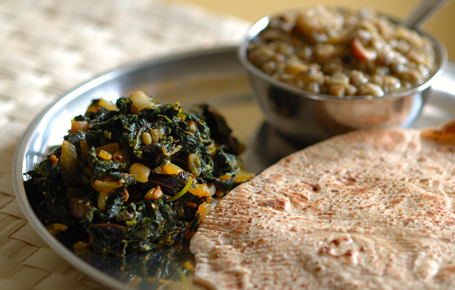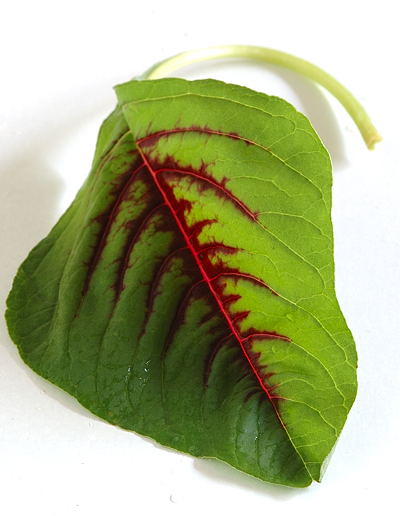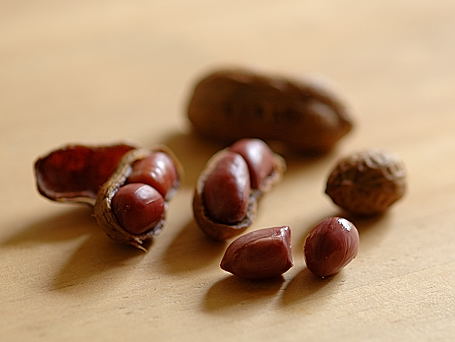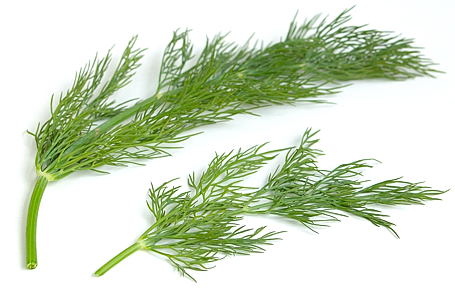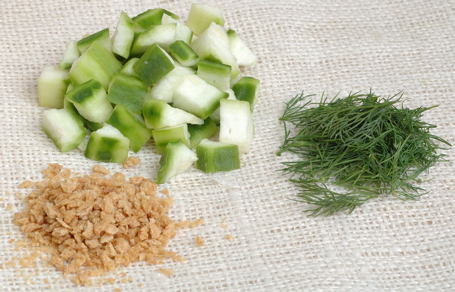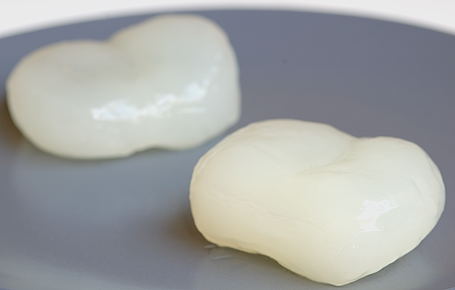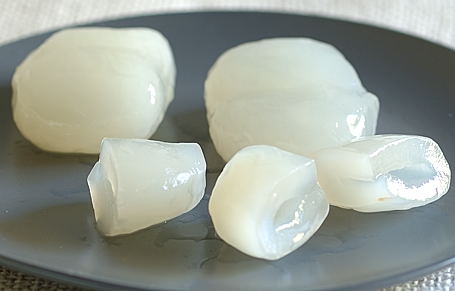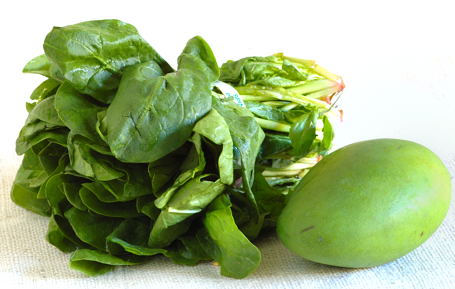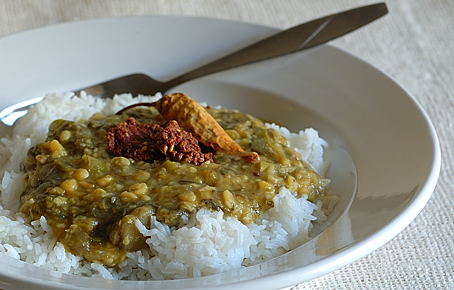May 1st, 2007 marks the completion of one year of Jihvā for Ingredients (JFI) , the food blogging event that showcases a food ingredient each month. This event was born out of my desire to celebrate natural ingredients and what they can do for our Jihvā.
From a nervous, tentative beginning, JFI evolved into a confident, inspiring event that captured the hearts and minds of many food lovers. Some of them went from being onlookers and supporters to active participants. Visitors to the event roundups started their own food blogs because they wanted to participate in Jihvā. Such is the attraction of Jihvā. Each month a natural, wholesome ingredient was selected and featured, and over a span of 12 months, a total of about 800 entries and recipes flew in from across the world.
Before beginning another Jihvā year on May 1st, I wanted to pay tribute to the gracious hosts of Jihvā and their ingredients. When I contacted them, they generously opened their hearts and shared their thoughts. From ingredient selection, invitation, fellow bloggers’ response to the time and effort expended in the process, here is the Jihvā experience.
Sailaja of Sailu’s Food, the host of JFI: Dals :
“Jihva to me denotes – food, fun and a culinary learning experience. Each round up is like a well laid out feast with gorgeous pictures, that touch upon food and diverse cultures of our country and the lesser known recipes are highlighted, adding that extra zing to each entry. Living in a country with such diverse cultures, we are hardly aware of the different regional cuisines our country offers. Throughout the length and breadth of the country, rice and lentils are our staple. I chose our beloved nutritious dal as an ingredient to showcase to the world the range of dal dishes our regional cuisines have to offer and also to learn more about the lesser known dal recipes. There are gems out there. And I love dal!
It took me about 3-4 days or 22-24 hours to actually put it all together, right from receiving the entries, compile a list, read each post and get it all together. It was worth all the effort because it our cuisine we are showcasing to the world, we want to present it well so that they understand the rich and diverse culinary heritage of our country and the importance we Indians give to our daily food.
Last but not the least, the utter passion of each blogger and how they all look forward to the final round-up further motivated me and not to mention their genuine warmth, overwhelming encouraging and appreciative response. I always look forward to the next ingredient with each host trying their best to enhance the flavor of Jihva manifold with sincerity and there is a high expectation and anticipation each month as Jihva unfolds with a new ingredient.”
Santhi of Me and My Kitchen, the Host of JFI-Flours:
“The variety of flours used in Indian cooking are so very many and such a huge variety of culinary possibilities with it. And I was not at all disappointed with the out come. Some fantastic and innovative recipes were send in. I had in my mind that I will have two round ups one for sweets and one for savory. I created two folders and sorted the entries as soon as I receive them so that I could keep track of all the entries. I will be honest. It is not very easy to do a round up. My admiration for hosts who do it week after week and month after month has increased tremendously after doing it. But Let me tell you that with all the visual delights every single minute has been most enjoyable. It was just so incredible to see so many fellow bloggers being passionate about food. And the enthusiasm you all have shown has been fantastic. And that is what is bringing me back into blogging world. One incident I have to tell you. When I did not receive an entry from Vaishali of Happy Burp, I was disappointed and so demanded an entry from her. And she responded immediately with an entry! That’s the kind of bond that I have shared with some of you out there. It has been a great pleasure to host this event. Thank to everyone involved with JFI in anyway. This success is a result of everyone out here in food blogosphere.”
Vee of Past Present and Me, the Host of JFI – Special Diwali Edition:
“I loved hosting the Diwali Special. It made my Diwali even more exciting than it already was. It was fun going to all blogs and seeing what they were cooking up and their memories and anecdotes and nostalgia about past Diwali’s. It is what a festival is about, isn’t it? Traditions and memories we grow up with. It was also so much like a virtual diwali meet and greet and exchanging new year wishes. I really got attached to that feeling that it generated. Which is why I opted to host it every year. Thanks for the oppurtunity. Until next time, take care.”
Kay of Towards a Better Tomorrow, the Host of JFI:Jaggery:
“When I first read about JFI – The idea of Jihva and celebration of those ingredients and their Indian flavors sounded wonderful. Little did I know it will do so much more to me.
As I mentioned in my blog, December is my favorite month for many reasons and I thought I’ll be ready to blog again, by December, after some post-partum recovery. I wanted to choose something very very Indian and very very authentic. Jaggery and Coconut tied till the final round and the queen of all sweeteners – Jaggery won! I also wanted to make it more special and requested participants to try out something new – either a dish they had eaten/read or even concoct some new dishes. This was just that – a request! A purely optional one. But wow! When I saw the entries pouring in and saw those new dishes, I felt so overwhelmed. People did try some new stuff and Some had ‘created’ new dishes! I felt so overwhelmed. Thank you guys, for paying heed to my whimsical request and creating some lovely stuff.
Kiran, a lovely nonblogger, sent in her post by mail and what did I find? Methi kheer! Something for a new mom, to help with lactation! How sweet of her to do that? And Lakshmi Ammal had written about ‘sweet fenugreek pongal’ for nursing moms. I was touched by these gestures. As fate would have it, My mom couldn’t come to Canada to be with me during the childbirth and recovery. I was missing her ever since I got pregnant and even more, after childbirth, this added to the stress and postpartum blues. Let’s say, I was longing for some motherly comfort… And these people whom I had never met, never exchanged emails with, cared and made something for me. Bless their heart! It was a very emotional moment for me. Thanks Kiran and Lakshmiammal. Puja of Creative Pooja had to type out her post, in one hand, on time, because the other hand was beautifully decorated with Mehendi.:) How sweet of her and how punctual of her! And now, I’ve learnt so much more about jaggery and a few other types of jaggeries and I’ve got tons of new dishes to try out – All with my favorite ingredient on earth. Ain’t that sweet? (Pun intended!):)
About hosting and writing the round up, it didn’t really take much time. After posting the roundup, I sent an email thanking every participant and letting them know about the roundup. Boy! I got some sweet responses to that mail. People are wonderful. What did hosting JFI do to me? After hosting the event, I feel like doing many more in the future and yes, participating in many other events. But the most important thing is, It has brought a sense of ‘belonging to a community’ in me. After studying in many schools and many colleges and worked and lived in many places, I never felt I ‘belonged’ anywhere. But after hosting this event, I feel like I belong here – with my blog friends, where I can truly be myself.”
RP of My Workshop, the Host of JFI:Tomatoes:
“I really had a hard time picking one ingredient. I wanted to choose something that is used in all cuisines. I wanted to make it easy for the participants. So I picked tomatoes, something that is essential in every kitchen. It was easier than I thought even though I got a little nervous before publishing the roundup. Special thanks to Shn of Mishmash, Mallugirl of Malabar Spices, and kitchen fairy of Secret of Taste for supporting me when I needed it. Many have congratulated me for the hard work. I got a couple of how-did-you-do-it mails. To be frank, it wasn’t difficult at all. I used batch processing which made things easy. Adding the caption, of course, had to be done individually. I spent like 10-15 minutes everyday and the roundup was ready in a week. I was so thrilled and wanted to finish it in one sitting, but I didn’t want anyone in my home to suffer because I was busy with the roundup. About the generous response from fellow bloggers – Delighted! I have never received so many mails that are not junk.:) Entries started flowing in since mid March, and everyday I got more and more excited. Sometimes I thought I was getting lost in the middle of so many entries, but I picked up in no time. I received more than 100 entries. I am so happy and I thank everybody again for making it possible.”
Baking Fairy, the host of JFI-Strawberries sent her wishes from Costa Rica. She moved to Costa Rica from SF and opened her own bakery there. She wrote “I bought a small bakery and runnning my own place. I have breakfast and lunch items, most “Indian” base recipes because I love them so much. Hope you will come to visit one day. It is really a great place…Very peaceful…”.
Rosie of What’s the Recipe Today Jim?, currently vacationing in Mexico sent her thanks and wishes to all the participants.
My sincere thanks to Baking Fairy, Sailaja, Santhi, Vineela, Love 2 Cook, Vee, Kay, Ashwini, Rosie, Vaishali and RP for laying the foundation of Jihva tradition.
My heartfelt thanks to all the participants and fellow bloggers who embraced this event to make it their own, and opened up their families’ culinary heirlooms and treasures with such selflessness. Preserving food traditions is critical in these days of globalization and I hope that together we contributed to this effort through Jihvā.
Here are the stars of Jihvā: 2006. May they be part of our culinary traditions forever!
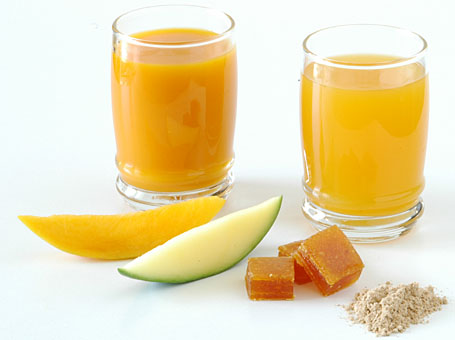
Jihvā: Mango
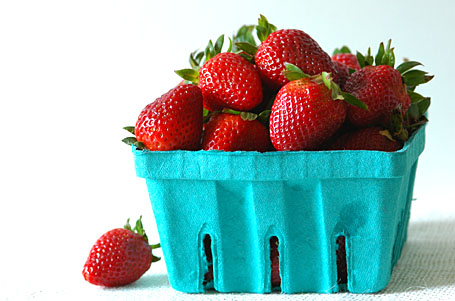
Jihvā: Strawberries
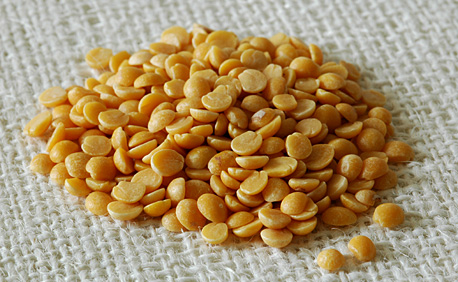
Jihvā: Dals
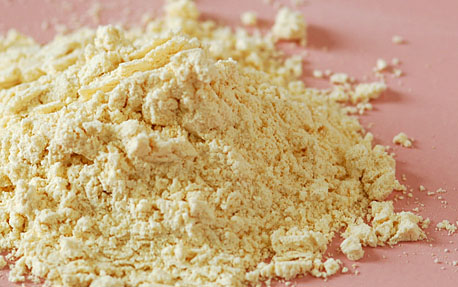
Jihvā: Flours
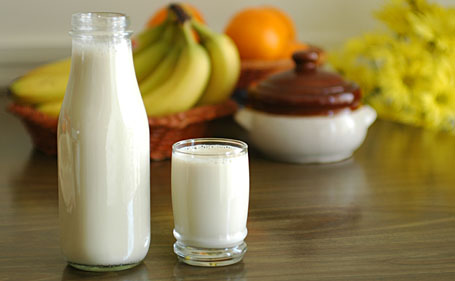
Jihvā: Milk
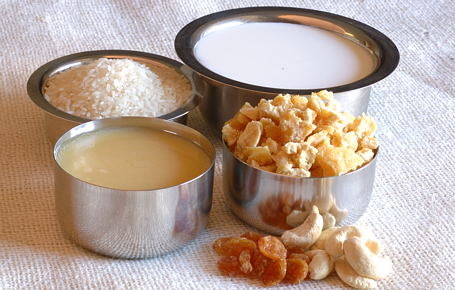
Jihvā: Ghee

Jihvā: Diwali Treats

Jihvā: Jaggery
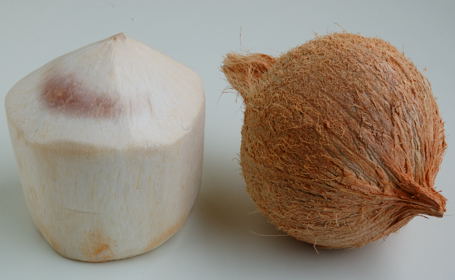
Jihvā: Coconut
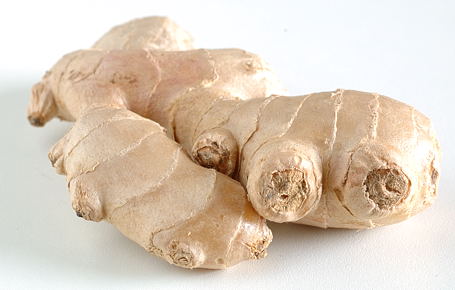
Jihvā: Ginger
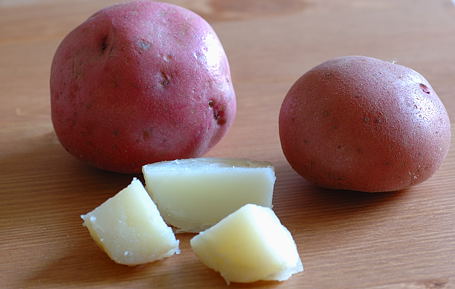
Jihvā: Potato
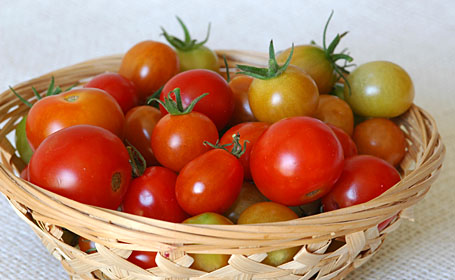
Jihvā: Tomato


